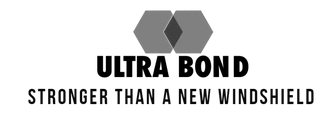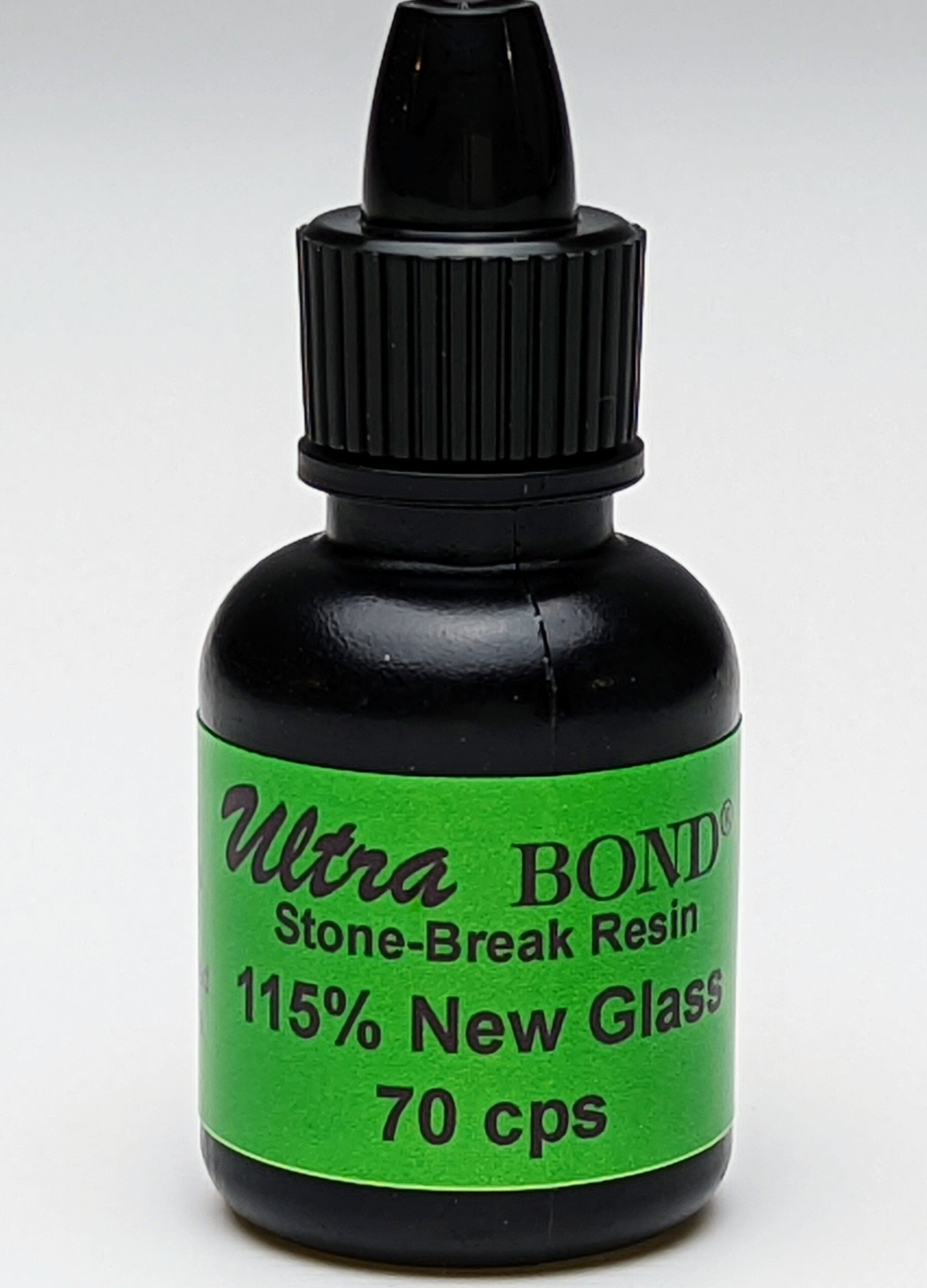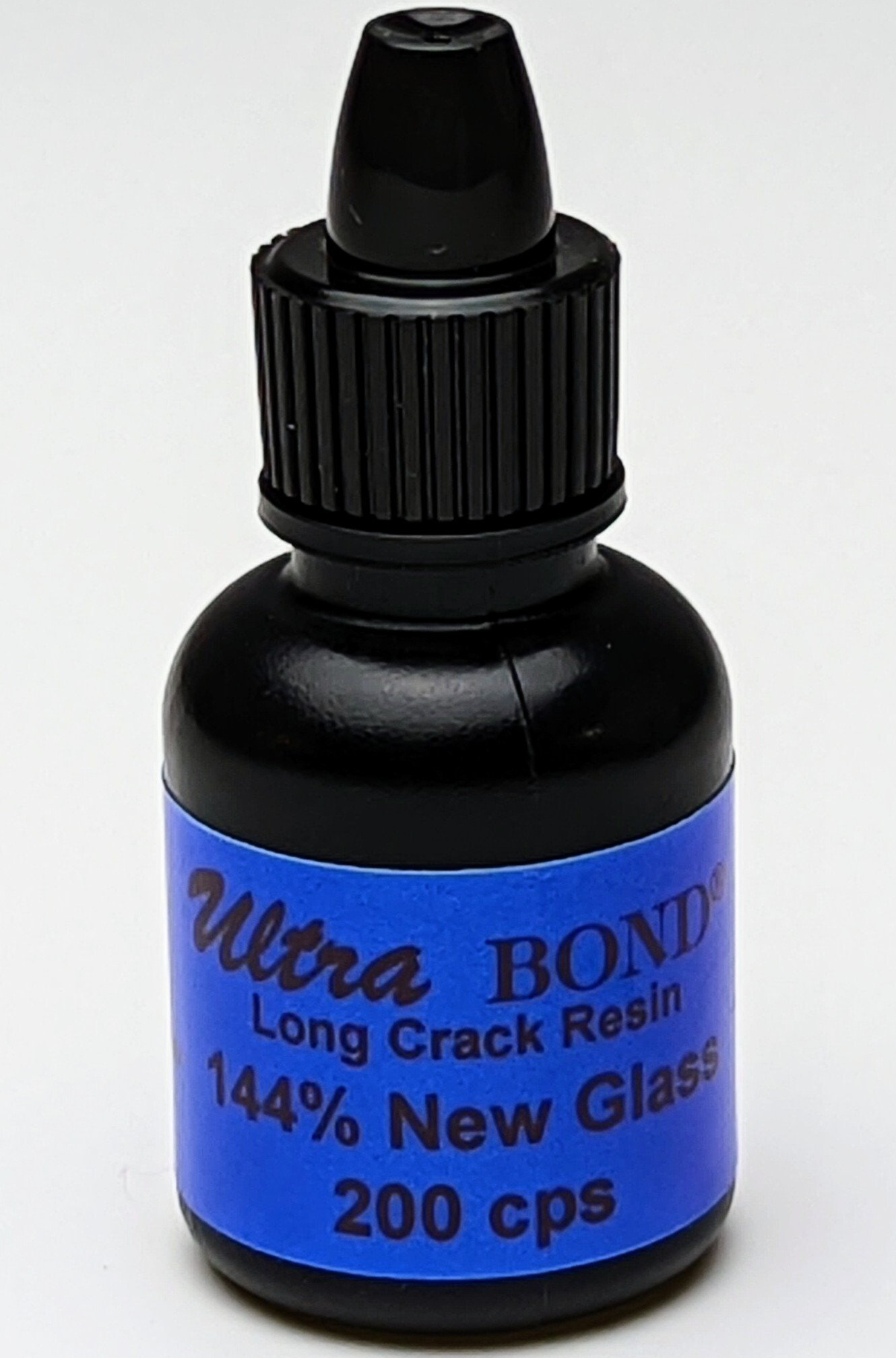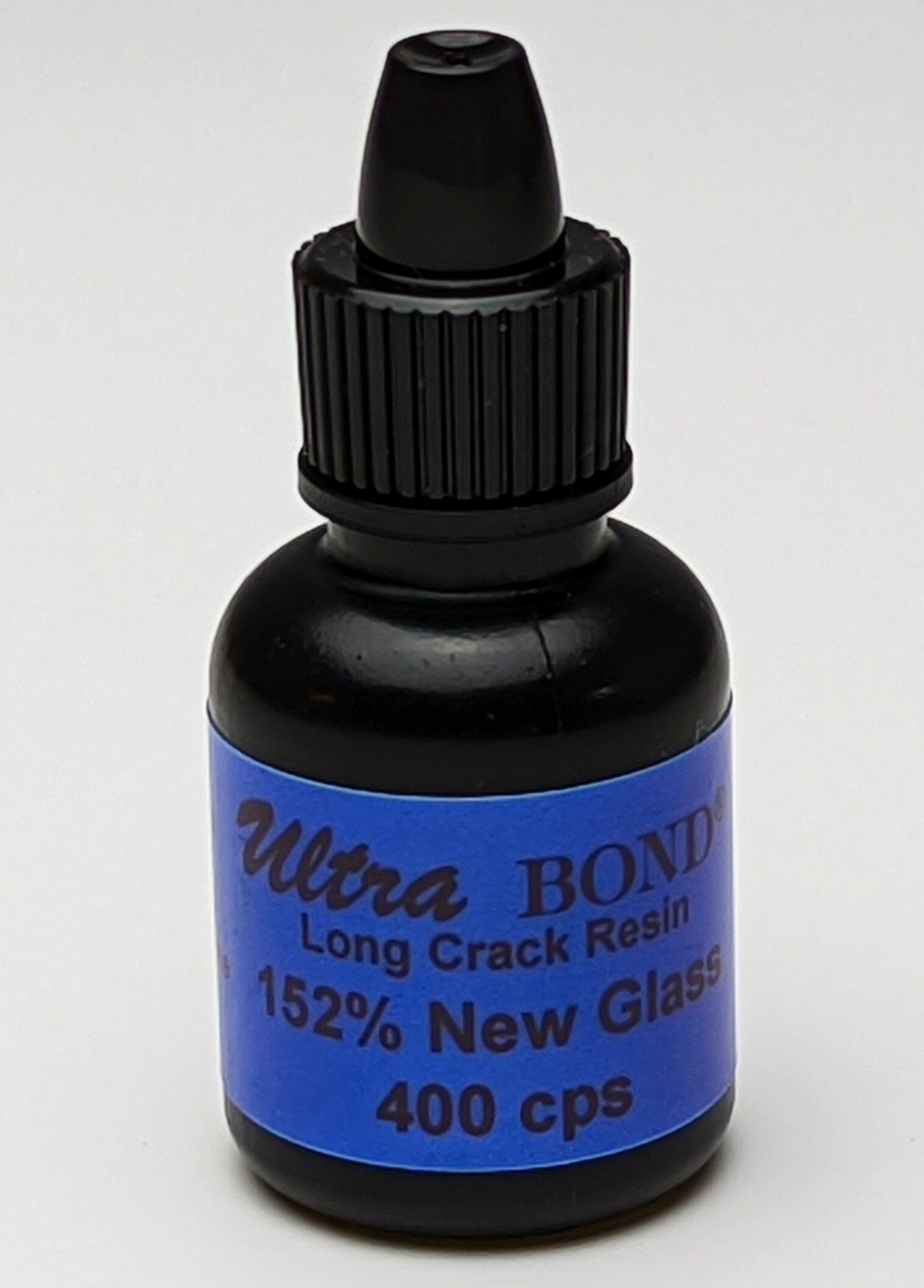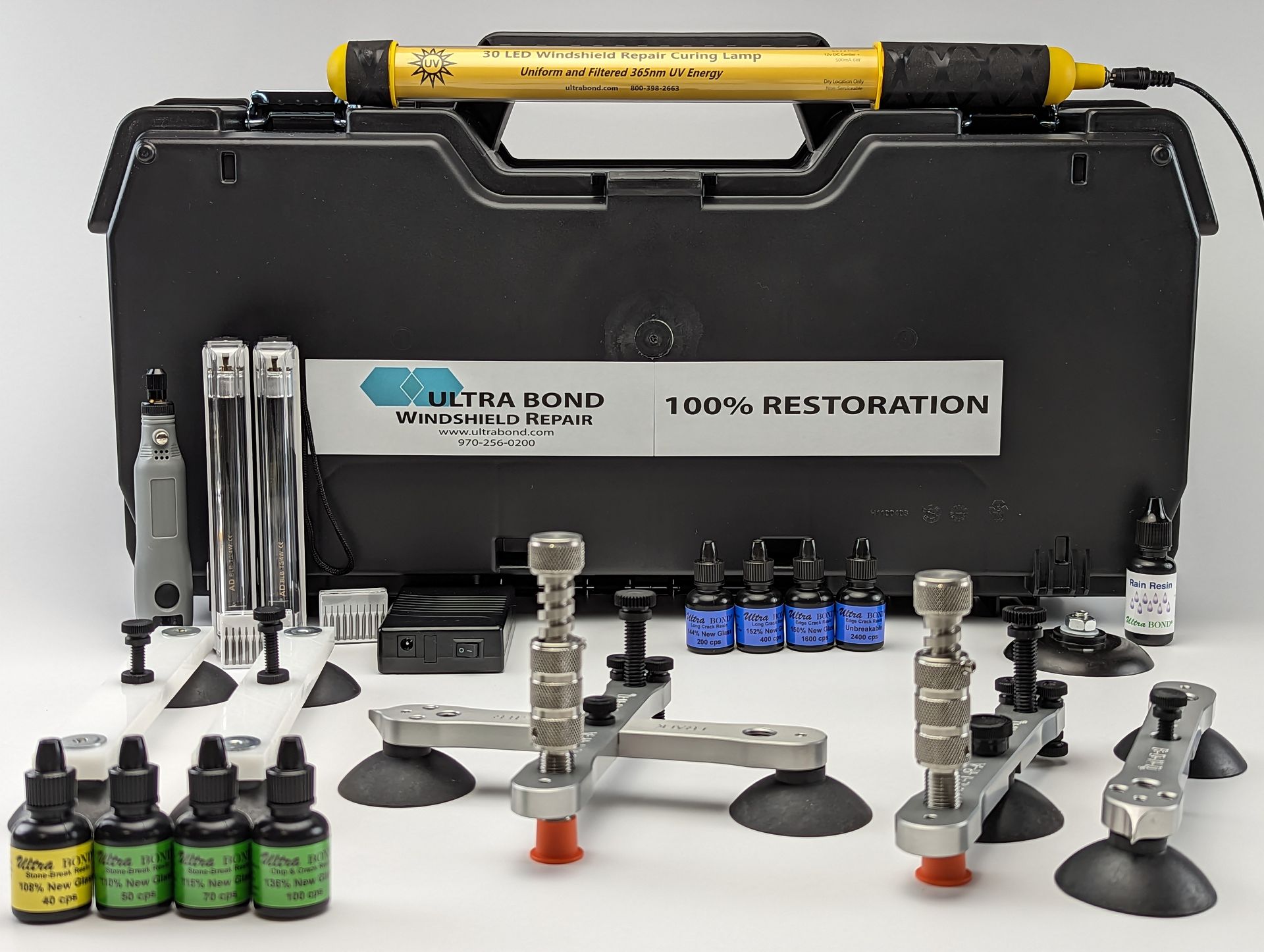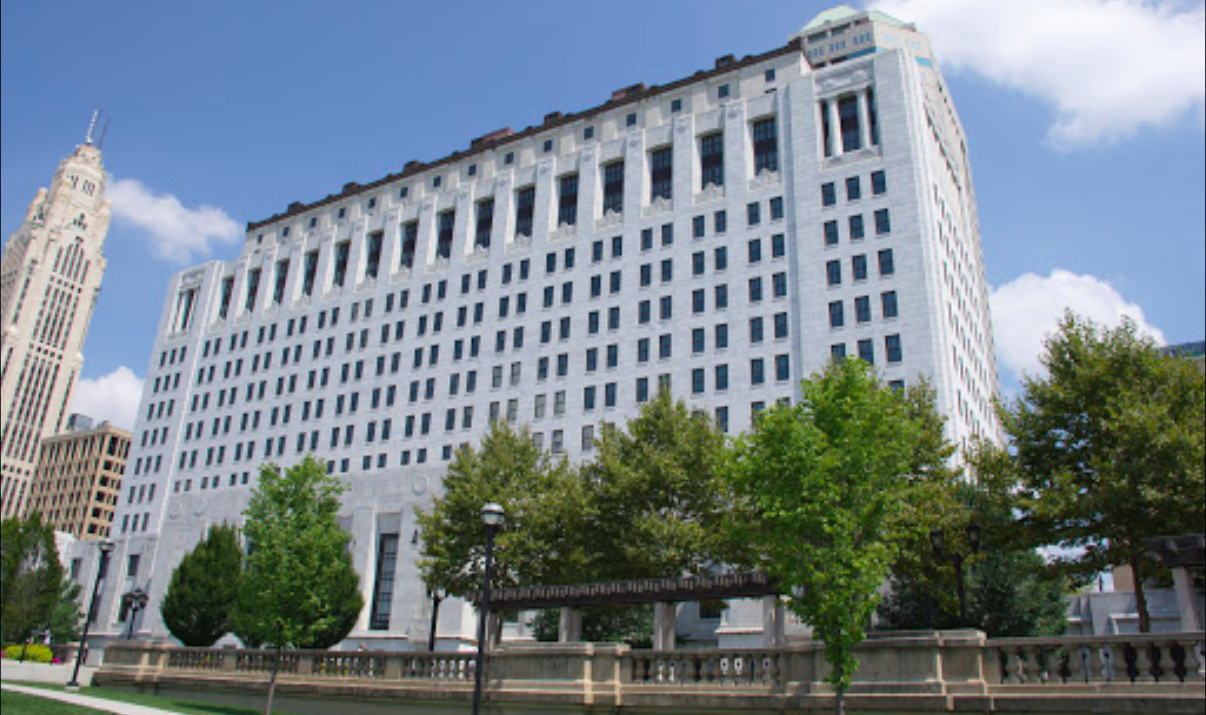Facts You Should Know About Windshield Repair Resins
Understanding the science behind a windshield break and crack; how a windshield is made and the resins created to fix windshields are important for anyone in the windshield repair industry to know.
This deep understanding of windshield repair chemistry will help you buy better resin and relay to your customer that you are the expert they should trust to repair their safety device.
See Lab Test Results and Scores on 12 Windshield Repair Resins here.
View Our Chip Resins View Our Crack Resins
An adhesive is a substance that bonds surfaces together. Resin in polymer chemistry is a liquid substance that is convertible into polymers. A polymer is a large molecule and/or many monomers.
A monomer is a small molecule that is able to bond into long chains to identical or different molecules to form a polymer. Resins are a mixtures of monomers and polymers that can be organic or synthetic compounds. The linking up of monomers is called polymerization.
Understanding Adhesive Resin Science
There are two basic types of adhesive bonds- mechanical and chemical.
A chemical bond is where the adhesive (resin) has an inter-molecular interaction with the substrate (glass).
A mechanical bond is where the adhesive bond is by force and/or by overfilling the space with adhesive and then curing or interlocking mechanically to the surface(s) all without a molecular interaction.
Interaction- the atoms of the resin interacting with the atoms of the glass which creates a chemical bond.
Adhesion - the resins adhesion or bond to the glass. Adhesive strength is the strength of the resin's bond to the glass which can be measured by a lab test. Adhesive failure is when the resin separates from the glass.
Cohesion - the resin's bond to itself. Cohesive strength is needed when there is a gap, such as with an edge crack repair. When there is a gap a higher viscosity-thicker resin will provide more cohesive strength then a low viscosity-thinner resin. Cohesive failure is when the resin pulls apart or splits apart in the middle with resin remaining on the glass.
Centipoise (CPS) is the rate of flow of a liquid. The lower the CPS number, the faster the rate of flow - water for example is zero. But the lower the CPS, the lower the oligomer content, along with lower strength and its ability to withstand stress without yielding
Shrinkage is created by the UV acrylic free radical tight knit double-bonding and UV curing is exothermic, meaning it releases heat. When molecules or anything double bonds it shrinks the space it is taking up. Shrinkage creates residual stress within the structure (cured resin). Low viscosity resins shrinks more than high viscosity because of the mixture having more monomer than polymer (oligomer). Oligomer raises the viscosity along with the resins strength, and durability especially when there is a gap such as with an edge crack.
Wetting is when the liquid adhesive is able to maintain contact with the substrate by molecular interaction; meaning the molecules of the resin can link to the molecules of the glass. It occurs because of inter-molecular forces between the resin and the glass surface.
Wicking is the ability of a liquid (resin) to flow into the microscopic crevices and craters on the surface of the glass without the assistance of an outside force such as gravity. Wicking is very important for good adhesion. With windshield chip repair wicking is assisted by both the vacuum and pressure cycle(s) of a windshield repair injector.
UV Curing Windshield Repair Resins Basic Ingredients:
(a) Photoinitiator triggers the curing process when it is exposed to light energy of the appropriate wavelength.
(b) Monomers are components in the formulation that is near water thin and primarily impacts the degree of adhesion to the substrate (glass).
(c) Oligomers are higher i viscosity (thicker) and provides most of the post-cure mechanical properties such as strength, hardness, elongation, elasticity, shrinkage control, cohesion, durability and bond to the PVB etc. An oligomer is a custom-made intermediate molecule that turns into a polymer, also called a giant molecule upon curing. Oligomer is much thicker than monomers and increases viscosity. The higher the viscosity the higher the oligomer content.
(e) Coupling Agents are a compound which provides a chemical bond between two dissimilar materials, usually an inorganic and an organic. A silane coupling agent acts as a sort of intermediary which bonds organic materials to inorganic materials. It is this characteristic that makes silane coupling agents useful for improving the mechanical strength of composite materials, for improving adhesion, and for resin modification and surface modification.
Understanding Surfaces for Using the Correct Resin and Tools
High Energy Surfaces versus Low Energy Surfaces - High energy surfaces are strong solid hard surfaces where the bonds that hold them together are very strong such as glass, ceramic and metal. These high strength chemical bonds are called covalent, ionic or metallic. Low energy surfaces are soft, deform or bend easily such as PVB and plastics. Liquid adhesives are also low energy, they can wet and bond easier to high energy surfaces than they do to low energy surfaces. Two low energy surfaces do not bond well.
Surface Tension is present with windshield repair because there are two substrates. (1) The glass which is high energy and (2) the PVB which is low energy. The resin (low energy) is more attracted to the glass than it is to the PVB. Resin wets the glass but not the PVB. Meaning the bond is an inter-molecular chemical bond to the glass but a mechanical bond to the PVB. This tension will cause the resin to pull back and off of the PVB upon curing when the resin begins to shrink as it cross-links to itself and the glass. This can happen and be seen upon or after curing. This will show up as a bubble or void with a stone break and with a crack repair a long thin separation along the PVB called a "runner".
The method used by most with a stone-break repair to cure this deficiency is to cure with the injector in the pressure mode (cure under pressure) to create an overfill in the void, which compensates for shrinkage and forces a bond onto the PVB. With a crack repair which is surfaced the resin cannot shrink more than 1-2% and must be mechanical enough to stay put upon curing which is the case with Ultra Bond Crack Repair Resins. The cure of shrinkage and surface tension in cracks was patented by Richard Campfield and is the multi-viscosity Ultra Bond method with the Ultra Bond custom crack resins.
If the surface tension is not dealt with by the repair system/process the resin can separate from the PVB down the road from temperature change and bring back a void between the resin and the PVB even if it is not visible after curing. This void will refract and the repair will no longer pass the ROLAGS.
UV Cure Speed Slow curing (2-5 minutes) controls shrinkage and residual stress. Curing too fast causes more shrinkage and more stress leading to breaks in the polymer chain, stressed cross-links and stranded molecules. The good news about this is you do not need expensive high-speed curing lights. Ultra Bond uses photo initiators that cure with Sunlight and inexpensive low watt 365 nm fluorescent curing lights which produce a better end product. LED curing lights do not give an even intensity of UV energy. They have very high standard deviation and can destroy the cured resin structure.
115%
New Glass Strength
The United States ANSI Approved Standard Test for windshield repair is the Standard Tests Method for Strength of Glass by Flexure, ASTM D790- Mechanical Strength by 3-Point Bend Lab Test. Our 70 resin is the highest low viscosity chip repair resin in the industry at 115% new windshield strength.
$39.95
136%
New Glass Strength
Ultra Bond 100 resin has 136% of the mechanical strength of new windshield glass per the ANSI Approved Industry Recognized Mechanical Strength by 3-Point Bend Test. Use for all stone-breaks with the Ultra Bond Wonder Bar Bridge Tool. Can also be used at the point of a long crack.
$39.95
144%
New Glass Strength
Our 200 windshield Crack Repair Resin for long crack repair; lab test score by the Industry 3-Point Bend Tested at 144%
of new windshield strength after exposure. Use for long cracks including at the point and in the drilled hole and tapped bullseye
$39.00
152%
New Glass Strength
Our 400 resin has the highest ROLAGS test results of any crack repair resin before and after exposure in the industry at
152% of new windshield strength. It is used for long crack repairs including the drilled hole at the tip of a crack.
$39.95
